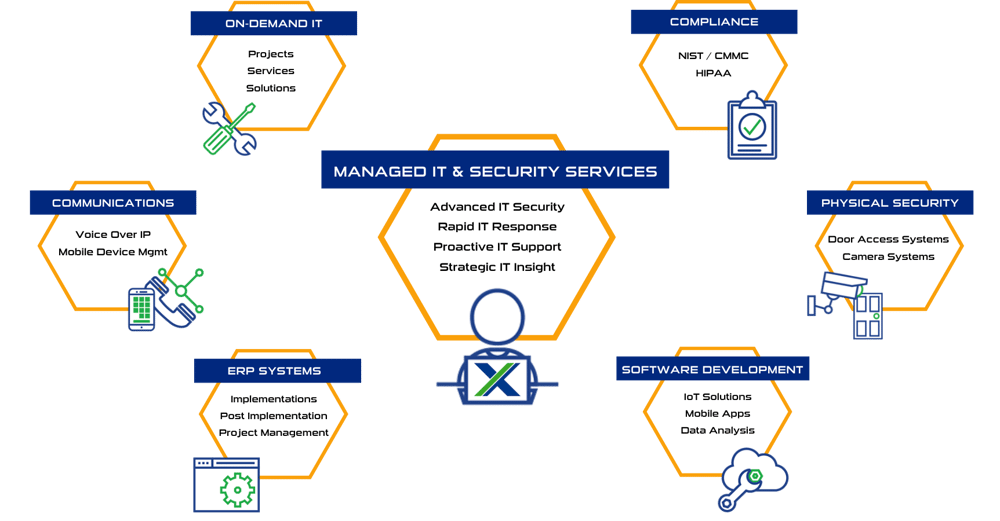
And not just how much better the tech is. Our work environment has changed just as much.
The traditional office has undergone a radical transformation. For many of us, we no longer have to suffer the daily commute, the stress of making it on time when traffic’s bad, and the constant interruptions from people passing your desk. Today, your office can be the kitchen table, the local coffee shop, or even a hammock in your garden (weather permitting).
Sounds idyllic, doesn’t it? But hold on a moment. There’s a catch. Whilst this newfound freedom and flexibility has undeniably boosted productivity, employee engagement, and retention rates, it has also thrown open a Pandora’s box of security concerns.
Just picture this: You’re sitting in your home office (or maybe on your couch), sipping your morning coffee, and working on that important project when suddenly – something is seriously wrong.



